Oak barrel ageing is today important when it comes to a certain category of red and white wines in the upper echelons. If you talk about quality improvements in a wine district, oak ageing is often part of the discussion. How beneficial is the oak’s impact on the wine? Do all wines benefit from being aged in oak? And is oak ageing really a new phenomenon?
No, wooden barrels have been around for almost as long as winemaking, as a way of storing and transporting the wine. But it is only since the end of the 20th century that people have been seriously interested in examining oak’s impact on wine in more detail. And it has proven to be a complex science, to say the least.
How is the wine affected by oak barrel storage?
What happens to the wine if you age it in barrel? One tends to think primarily of the aromas that oak contributes to the wine: vanilla, coffee roasting, spices, and a somewhat burnt character. But oak barrels have other properties besides adding aromas to the wine. There is a slow oxidation, which is beneficial for the wine, the tannins soften, the wine becomes fuller and rounder (sucrosité is usually the word used in French) and the colour goes towards beautiful brick red. It stabilizes the phenols, tannins and colour.
However, not all wines can handle, or benefit from, oak ageing. Light fruity wines, such as most Beaujolais wines, or uncomplicated, unpretentious wines should not be aged in barrel. In general, wines that live on their fresh fruit will not benefit from being aged in oak. Instead, they risk losing something, as the fruit would risk being dried out by the oak.
It therefore takes a fairly strong wine with good structure and tannins to really benefit from the oak.
Limousin, Vosges or Allier?
There are plenty of oak forests in France, but if you are an ambitious winemaker, not any forest is good enough; the choice is preceded by careful studies of the properties of the different trees. The Limousin oaks are not so aromatic and are mostly used for cognac. The oaks in Burgundy and the Vosges, on the other hand, have a soft grain and contain plenty of aromas and are therefore popular with both Burgundy and Bordeaux growers. Tronçais in the department of Allier in central France is another highly regarded forest. The origin is often indicated on the barrel.
Some coopers (and wine producers) have, to some extent, shifted their focus from the origin. Instead, they place emphasis on how dense the structure of the wood is (the “grain”) and name the barrels according to the quality of the oak and not the name of the forest it comes from.
The age of the tree is also important. The oak should be about 200 years old when felled. Since a French oak must be split (as opposed to sawn) to achieve good results, there will be a lot of waste. One oak tree is only enough for about two barrels.
Once the tree has been felled and split, the staves must be dried, preferably outdoors. The drying usually takes between 18 months and three years. The hard tannins in the oak disappear with a long drying outdoors, but not if you dry the staves in heat indoors.
Making the barrels
Now it’s time for the cooper to start making the barrels. To be able to bend the staves, you have to burn the barrels on the inside. This changes the chemical structure of the oak and thus the effect the oak has on the wine. You can vary the length of the so-called toasting (la chauffe) and thus change the effect of the aromas added to the wine from the oak. About 10-15 minutes is enough to get spicy, grilled and slightly vanilla-like aromas. One talks of light roasting, medium and strong. Not toasted can also occur, but almost everyone uses moyen or moyen plus (medium).
Not only French oak
Most people talk about French oak, but of course, oak from other countries can also be used in the context of wine. The rest of Europe, especially Eastern Europe, has the same kind of oaks as France. Today, you can sometimes see barrels originating from Slavonia (a region of Croatia), Romania, Hungary, Russia and others.
The American oak, on the other hand, is different. This has so far not been popular with wine producers, except in Rioja, which has historically used a lot of American oak. But today, both European and American oak is used in Rioja. American winegrowers also prefer to import the more expensive French oak.
French or American oak?
So what is the difference between the French and the American oak?
An advantage of the American kind is that it is less porous than the French and therefore can be sawn, which results in less waste and thus cheaper barrels. The American oak is generally considered to have a stronger effect on the wine, which makes the wine feel oakier and less refined. It also gives a little sweeter aromas with coconut. But it has great potential if you are careful to eliminate unwanted tannins in the oak, for example, by letting the staves dry slowly outdoors, which has not always been the practice in the United States.
Not always oak
It is also possible to use other species of trees than oak, although this is unusual and usually mostly for experimental purposes. Sometimes producers do it to have it as a little extra spice in the blend. The most common is then acacia, but also e.g. cherry-wood and chestnut can be used exceptionally.
New or old oak barrels?
According to many wine producers, the oak should not be noticed in the wine. It should be there in the background as a complement to the grape character but must absolutely not mask it. Whatever the winemaker wants with his wine, he must carefully consider whether he should put his wine in barrel at all, and if so, on new barrels or old barrels. And how long.
Of course, new barrels give the most oak barrel character to the wine and the older the barrel, the less the impact on the wine. After five years, the oak barrel does not have much left to give in terms of aromas. For the first two or possibly three years, the barrels give a certain character of the oak, after which it contributes mostly with the slow oxidation. Most producers use their barrels for up to three or five years, possibly 8-10, but they actually last much longer if they are well cared for.
Oak barrels cost a lot of money. A new French barrique (225 litres) costs around 800 euros (2020), i.e. about € 2.50 per bottle if you only use new barrels. So it’s a big investment for a winemaker.
But it is very unusual to use 100% new oak barrels. Only a few chateaux in Bordeaux and a few grand cru in Burgundy, and some other wines with the same level of ambition, have this as standard. And that is not just because of the cost. Most wines would not withstand 100% new oak barrels. The oak would be too dominant. It is common in e.g. Bordeaux to put, for example, 1/3 of the harvest in new barrels, 1/3 in one-year-old barrels and 1/3 in two-year-old barrels.
Chips in the wine – the future?
Buy tea bags with oak shavings and give each glass of wine you drink an individual oak taste! This was once an April Fool’s joke in an English wine magazine, but the fact is that we are not that far from it. An alternative to barrels is chips (coupeaux) that you put in the tank in large “tea bags” in the fermentation tank. Wine producing countries such as the USA and Australia have long used chips in stainless steel tanks because consumers want a light oak character on all their wines, even the cheap ones. Today, it is also permitted in Europe to use chips, although local rules in different wine districts may prohibit it.
The chips give the wine the aroma of the oak and also part of the other things that barrel ageing gives, e.g. some stabilization and change in the tannin structure. But of course, they do not provide the slow oxidation as a barrel gives.
Another alternative, in-between chips and barrels, are staves that are mounted inside a tank.
But still, oak barrels have their rightful place in wine production, especially in terms of powerful wines for ageing but also for medium-bodied wines that can be rounded off with a shorter time in barrels.
The trend in recent years, however, has been towards less oak ageing, shorter time in barrels. Many consumers today want more fruit and freshness in the wine, unlike a decade or two ago when the general taste more appreciated strong oak character. What is an “appropriate” barrel character, however, varies greatly depending on the market in which the wine is sold. In France, the oak character is less popular (except for certain bordeaux and burgundy), but in e.g. the United States and China it is much appreciated.
There is simply no “correct” level of barrel ageing and oak character. It all depends on personal taste.





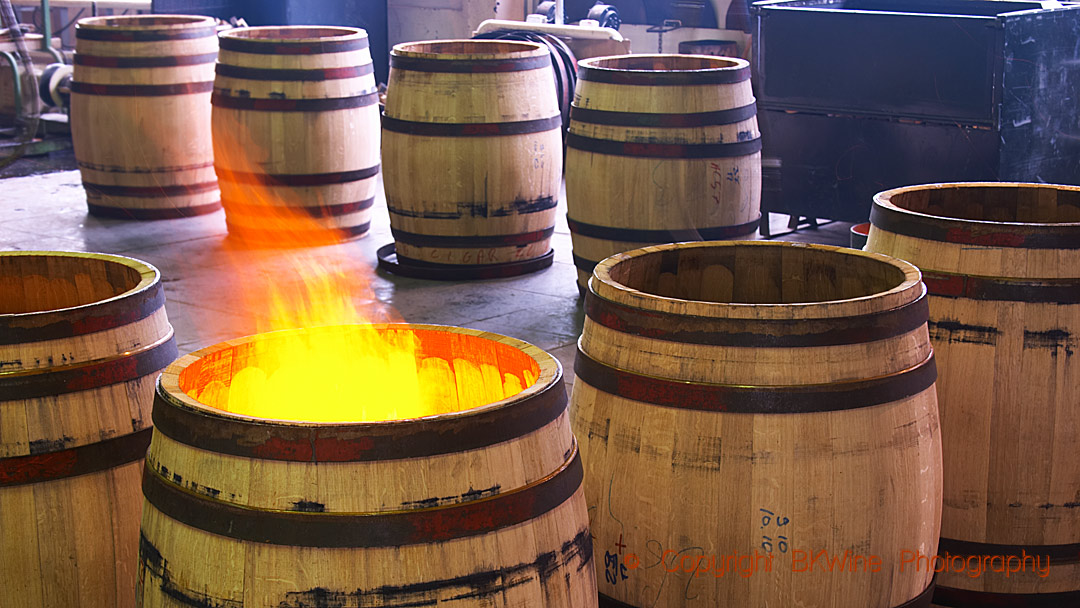



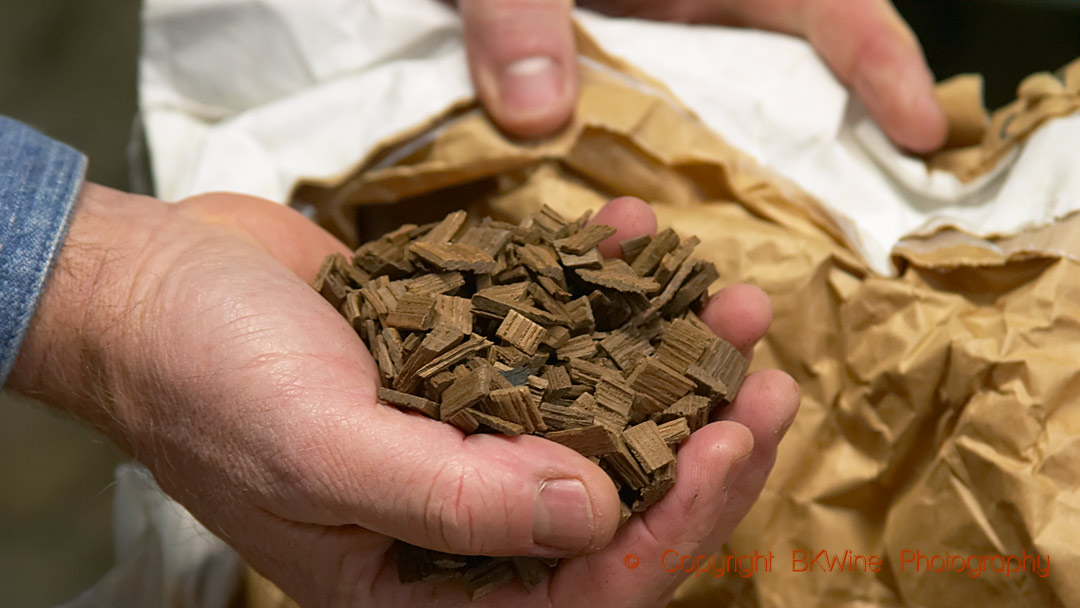





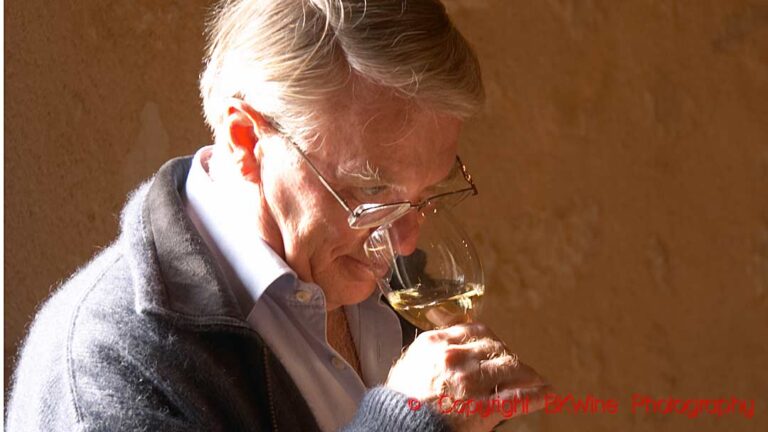
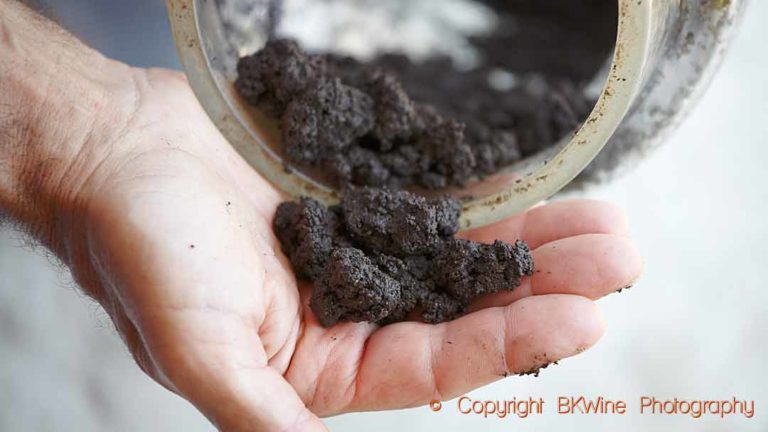
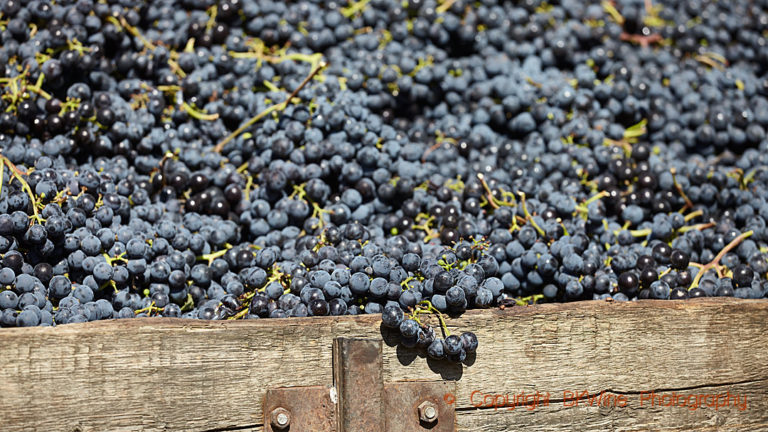




One Response
Hi,
I am aging un-aged whiskey 110 proof in 3 liter oak barrels. I am putting wine in thew barrels 1st for 6 months. Is the wine still good to consume after being in the the 3 liter oak barrels for 6 months?
I have asked numerous people with no right answer yet.
Thank you for your time,
Troy C Attebury